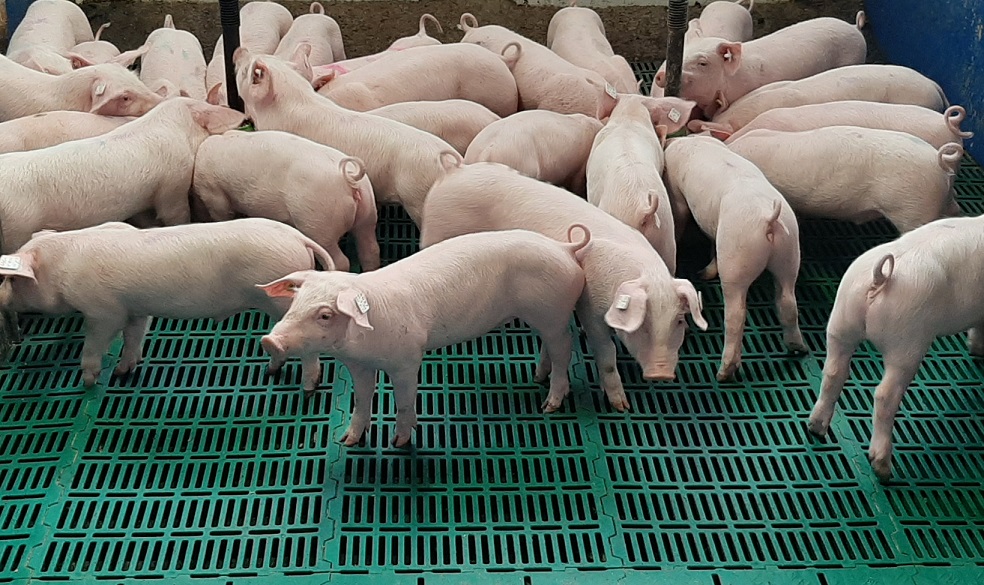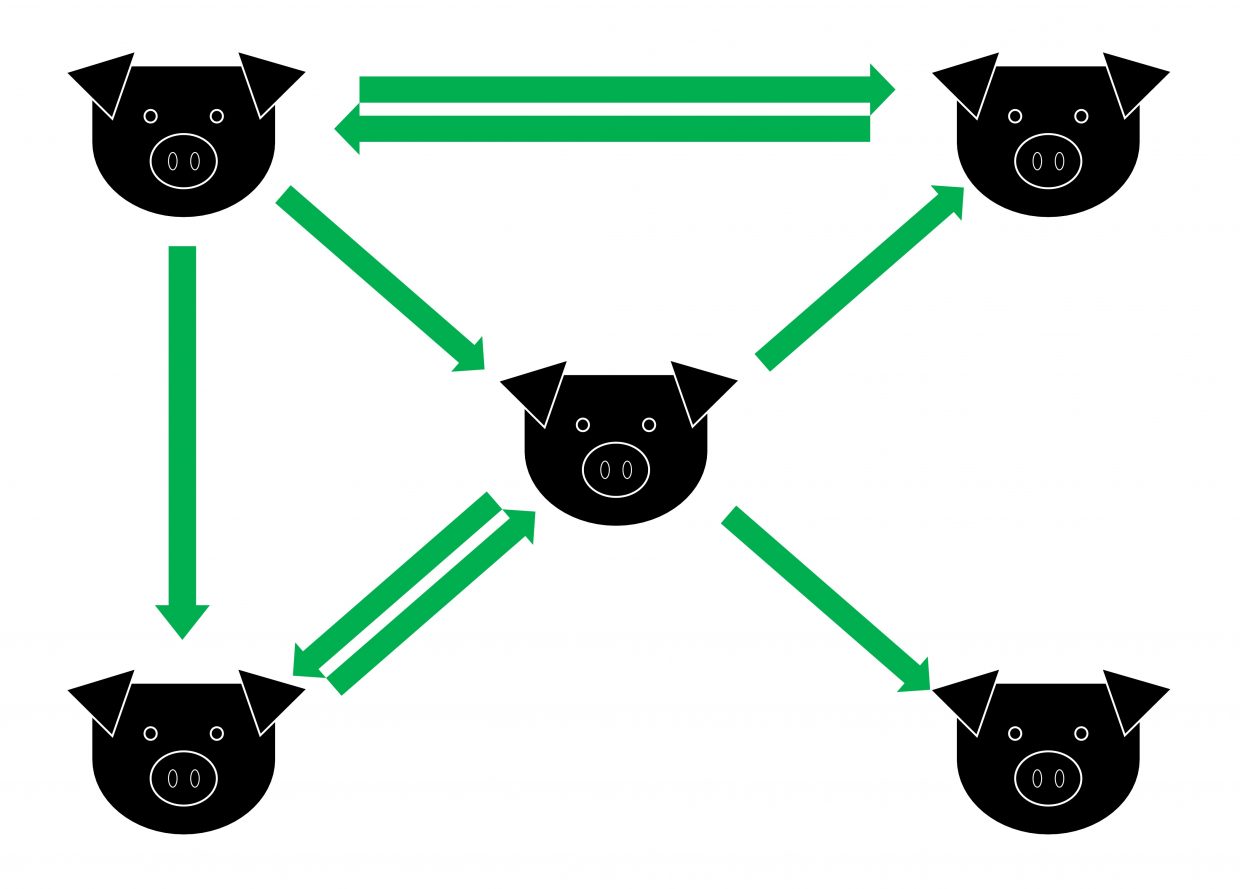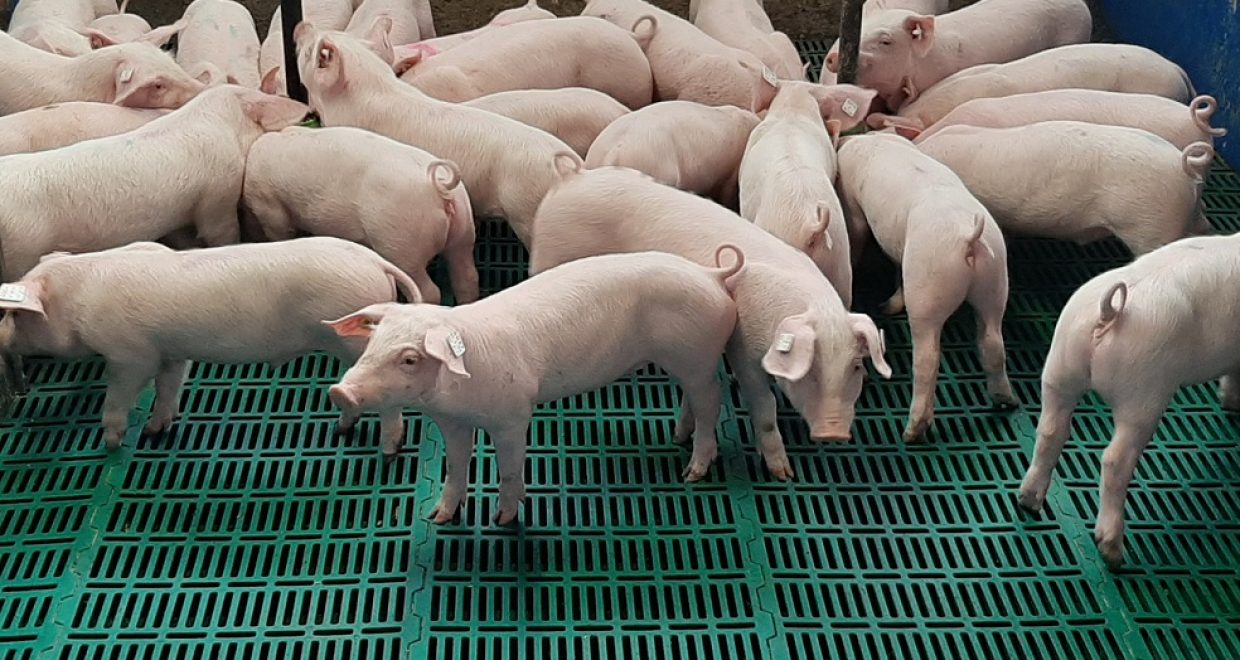Impact of missing data on animal social networks
The paper “Network analysis of tail-biting in pigs – the impact of missed biting events on centrality parameters”, published in The Journal of Agricultural Science, has been chosen as the latest Editorial Highlight and is freely available to download for one month.
Group housed animals in modern husbandry systems, as well as animals in the wild, interact with each other and develop a social group structure. Because of this constant interaction, the behaviour of one individual animal is affected by the behaviour of the other animals and vice versa. Thus, it is important to include information on the social group structure to analyse the behaviour of group housed animals.
One way to do this is social network analysis, which is a method that can be applied to various topics like sociology or molecular biology as well as to animal ethology. In a social network, the actors are displayed as nodes, which are connected by their interactions displayed as edges. Different standardised parameters at node level and at network level can be calculated to describe the overall network structure or the position of individual nodes within this network. One advantage of social network analysis is, that it enables the analysis of indirect contacts between the actors, like the friend of a friend, which would be missed otherwise.

Applying social network analysis to animal behaviour often relies on behavioural observations. As these observations are done by hand in most cases, they are labour-intensive and can be flawed. For example, if the observation length is shortened to reduce workload, the sample of interactions may not be representative. Moreover, there could be multiple observers, which are not properly trained resulting in missing or biased observations.

This study analysed the robustness of social networks based on agonistic behaviour of pigs affected by flawed data. This was done by comparing network parameters based on different datasets. A true dataset of agonistic behaviour observations was on the one hand compared to the datasets of other observers and on the other hand compared to randomly sampled subsets of the true dataset with a fixed error rate. Furthermore, the observations of the datasets were divided into observation periods of different lengths to test for the effect of observation length. The stability of the ranking order of the animals based on the network parameters were used as an indicator of robustness.
The results show, that outgoing network parameters (active: biting) were more robust than ingoing parameters (passive: being bitten) and local parameters (direct contacts) were more robust than global parameters (combination of direct and indirect contacts). Overall, longer observation periods produce more robust networks, as there can be more redundant observations compensating for missed events. Although, randomly missing up to 30% of observations could still produce accurate networks. However, the networks based on the datasets of the real observers were less robust than the sampled networks, as their errors were probably more systematic compared to random errors. These systematic errors could be for example focusing only on certain animals, which are known to perform the analysed behaviour, while neglecting the other animals. These results underline the importance of properly trained observers and the evaluation of the trade-off between required accuracy and feasible workload.
The Journal of Agricultural Science Editorial Highlights are selected by the Editor-in-Chief and are freely available for one month. View the recent selections here.






